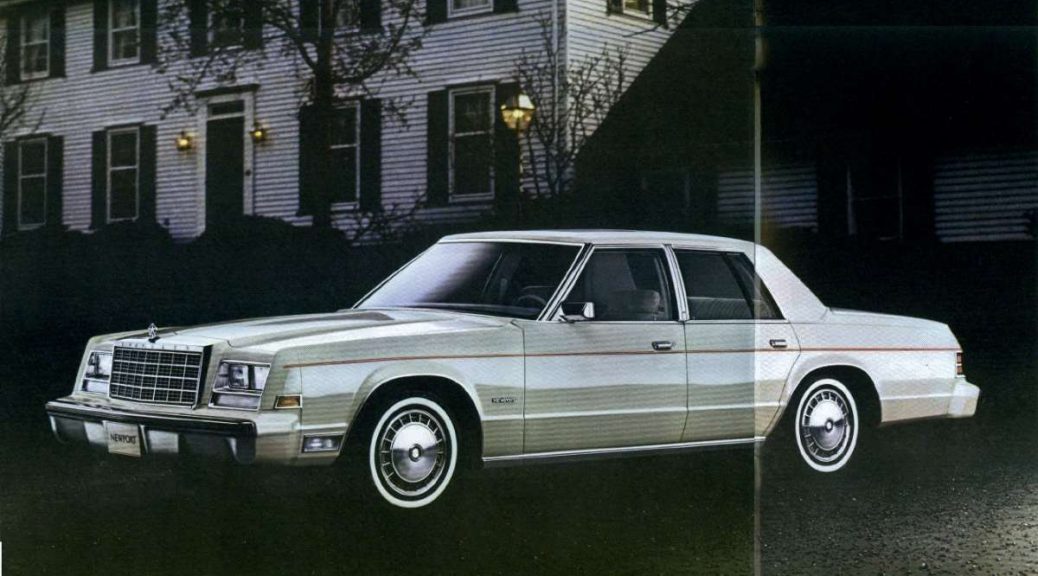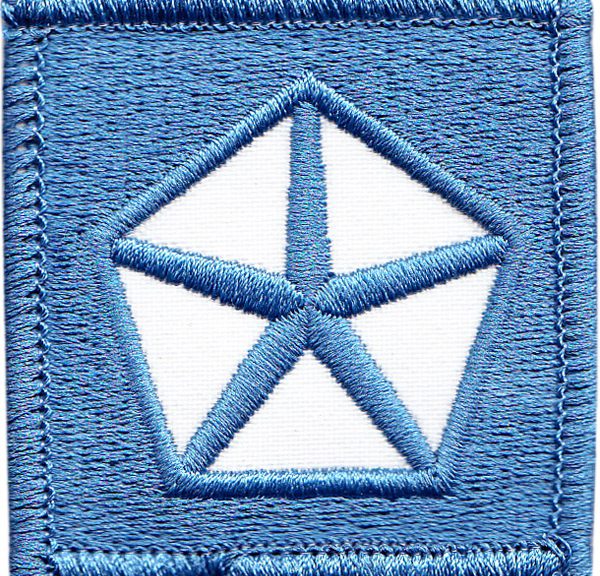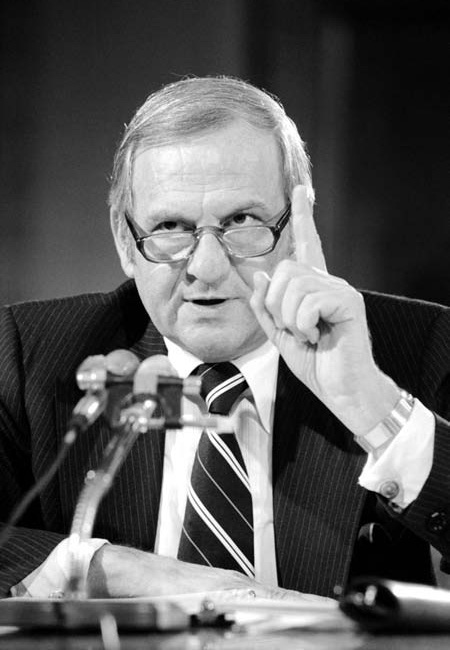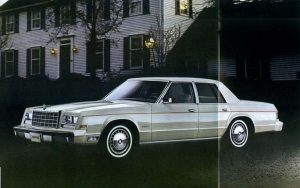 For years, Chrysler had been building lousy cars, according to Iacocca, but it is in a company’s interest to catch problems at the factory, it would cost about $20 on hour to fix versus $30 when under warrantee. The designer has to 1) ensure the part is low weight since heaviness affects mileage, 2) ensure the part is low in cost, 3) and ensure that it is easy to manufacture: when an assembly line only does two pieces versus three it is better. Understanding what customers want is difficult because you don’t want to compromise on other things that were lost in innovations. Air conditioning is the classic Iacocca example, when you pay $700 more for air conditioning, you want your money’s worth. The problem is air conditioning has to work fast because most rides end within 30 minutes but at the same time you don’t want the car to be loud and noisy so that they customer can’t hear his radio. It’s a tough job but this matters to customers.
For years, Chrysler had been building lousy cars, according to Iacocca, but it is in a company’s interest to catch problems at the factory, it would cost about $20 on hour to fix versus $30 when under warrantee. The designer has to 1) ensure the part is low weight since heaviness affects mileage, 2) ensure the part is low in cost, 3) and ensure that it is easy to manufacture: when an assembly line only does two pieces versus three it is better. Understanding what customers want is difficult because you don’t want to compromise on other things that were lost in innovations. Air conditioning is the classic Iacocca example, when you pay $700 more for air conditioning, you want your money’s worth. The problem is air conditioning has to work fast because most rides end within 30 minutes but at the same time you don’t want the car to be loud and noisy so that they customer can’t hear his radio. It’s a tough job but this matters to customers.
Tag Archives: Detroit
Lee Iacocca: Triage Is Essential In Hard Times
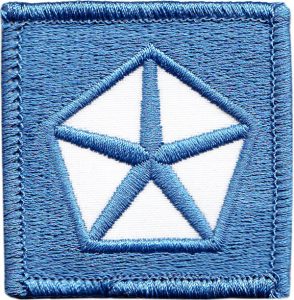 1979 was a War-zone for Chrysler.
1979 was a War-zone for Chrysler.
In business, you need to be like an Army surgeon. You might have 40 injured people, but you only have 3 hours to save them. You need to pick the ones who have the best chance of survival. At Chrysler, there was no time to study a marginally performing car plant, you have to axe it immediately. You need to have discipline.
First, Iacocca’s team at Chrysler had to close plants in Lyons, Michigan and Dodge Main in Hamtramck, which was the Polish district of Detroit. There were major protests over these plant closures but Iacocca had no choice.
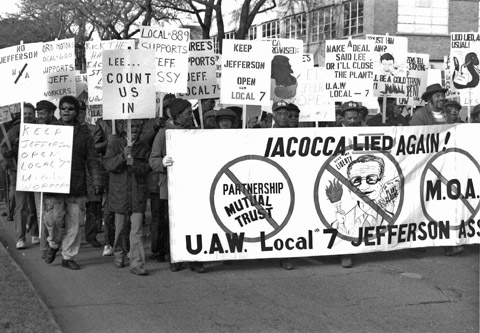 Next, Iacocca’s team at Chrysler had to reassure suppliers that they were going to be paid on time. They needed to demonstrate that Chrysler was not going into bankruptcy even though suppliers knew their business and Chrysler’s well.
Next, Iacocca’s team at Chrysler had to reassure suppliers that they were going to be paid on time. They needed to demonstrate that Chrysler was not going into bankruptcy even though suppliers knew their business and Chrysler’s well.
Then, Iacocca’s team at Chrysler brought in just-in-time inventory delivery. The Japanese had been doing this for years but as far back as the 1920s, Ford’s River Rouge Plant had taken ore from the boats, converted it into steel and then turned that into engine blocks within 24 hours. Ford Motor Company had just in time but with the boom years fro 1945 to 1978, the US car industry fell into old habits and lethargy.
 Next, Iacocca’s team at Chrysler designed the K-cars to be 176 inches long (14’ 8’’) so that they could fit into a standard freight car. Even the financial report for 1979 was printed on cheap document paper.
Next, Iacocca’s team at Chrysler designed the K-cars to be 176 inches long (14’ 8’’) so that they could fit into a standard freight car. Even the financial report for 1979 was printed on cheap document paper.
Then, Iacocca’s team at Chrysler sold all the dealership real-estate they owned to ABKO from Kansas. The cash came to $90 million, which was desperately needed (timing matters), then later Iacocca had to buy back half of that property at twice the original price!
 Next, Iacocca’s team at Chrysler sold all their non-North American businesses. Peugeot bought their European operations for $230 million and a 15% stake in Peugeot. They sold their military tank operations for $348 million to General Dynamics. Interestingly, the union negotiations at the time forced workers to $17 per hour instead of $20 per hour, so General Dynamics got a cheaper labour force when the contract was signed between Chrysler and General Dynamics.
Next, Iacocca’s team at Chrysler sold all their non-North American businesses. Peugeot bought their European operations for $230 million and a 15% stake in Peugeot. They sold their military tank operations for $348 million to General Dynamics. Interestingly, the union negotiations at the time forced workers to $17 per hour instead of $20 per hour, so General Dynamics got a cheaper labour force when the contract was signed between Chrysler and General Dynamics.
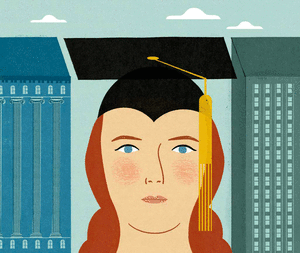 Then, there were major layoffs in waves from 1970 and then 1980, both blue and white collars. This saved Chrysler $500 million in annual costs. Iacocca admits that some of firings were tragic and mistakes. Firing people is never a positive experience.
Then, there were major layoffs in waves from 1970 and then 1980, both blue and white collars. This saved Chrysler $500 million in annual costs. Iacocca admits that some of firings were tragic and mistakes. Firing people is never a positive experience.
Next, Iacocca’s team at Chrysler fired the staff who had integrated the work of the line managers into a workable system. These were the Harvard Business School graduates who had never run anything, but were now telling the line manager who had done the job for 30 years how it ought to be done. Iacocca always trusts people with a dedicated background in the industry over elite educated people.
 Then, Iacocca went shopping for people to buy into Chrysler. This included Volkswagen which was a very serious discussion because Chrysler was dying. The stock jumped form $11 to $14 upon the news that Volkswagen would buy for $15 shares but this was a false story.
Then, Iacocca went shopping for people to buy into Chrysler. This included Volkswagen which was a very serious discussion because Chrysler was dying. The stock jumped form $11 to $14 upon the news that Volkswagen would buy for $15 shares but this was a false story.
Finally, there was the big government bailout.
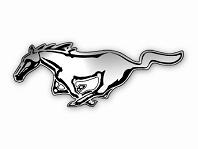 This is a synopsis & analysis based on Iacocca: An Autobiography and other miscellaneous research sources. Enjoy.
This is a synopsis & analysis based on Iacocca: An Autobiography and other miscellaneous research sources. Enjoy.
Lee Iacocca: Use All Available Arguments To Justify Survival
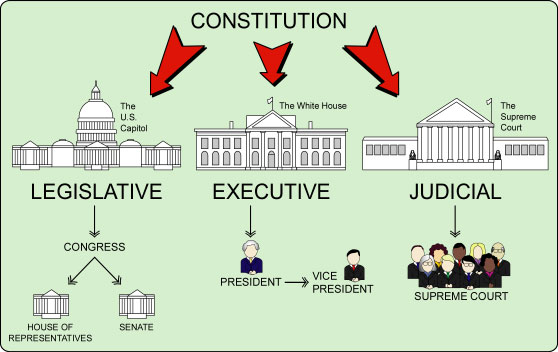 Blame Government: Poor management had a lot to do with Chrysler’s situation in 1980, but government regulation was also used as justification for seeking a government loan guarantee for Chrysler. Government prevented the Big Three from coming together to develop more fuel-efficient cars or improve safety even though the Japanese took the opposite approach. It was illegal for GM and Chrysler to share their research according to Washington. In addition, Iacocca states that the Motor Vehicle Safety Act of 1966 protected motorists at a cost of $19 billion and the spread of that cost was over 5 million GM cars, 2.5 million Ford cars and only 1 million Chryslers. So, if GM’s research into seatbelts cost $1 million and sold 100,000 cars, each customer paid an extra $10. If Chryslers R&D into seatbelts was $1 million and sold 20,000 cars then the cost was $50 more for each customer. Then the cost of manufacturing was much worse for Chrysler since GM’s volumes were much higher. The EPA paperwork in 1978 was 228,000 pages!
Blame Government: Poor management had a lot to do with Chrysler’s situation in 1980, but government regulation was also used as justification for seeking a government loan guarantee for Chrysler. Government prevented the Big Three from coming together to develop more fuel-efficient cars or improve safety even though the Japanese took the opposite approach. It was illegal for GM and Chrysler to share their research according to Washington. In addition, Iacocca states that the Motor Vehicle Safety Act of 1966 protected motorists at a cost of $19 billion and the spread of that cost was over 5 million GM cars, 2.5 million Ford cars and only 1 million Chryslers. So, if GM’s research into seatbelts cost $1 million and sold 100,000 cars, each customer paid an extra $10. If Chryslers R&D into seatbelts was $1 million and sold 20,000 cars then the cost was $50 more for each customer. Then the cost of manufacturing was much worse for Chrysler since GM’s volumes were much higher. The EPA paperwork in 1978 was 228,000 pages!
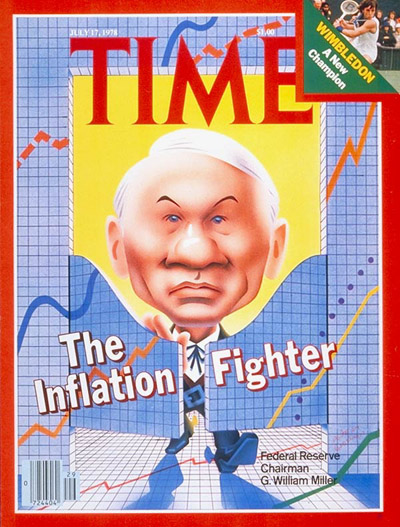 Loan guarantees had already occurred at a total of $409 billion for chemical companies, railroads, farmers, electric companies, shipbuilders, college students, and airlines. So despite public outcry, Chrysler was just following what others had done. In August 1979, G. William Miller left as chairman of the FED to become secretary of the treasury. He supported government intervention in the Chrysler case. Iacocca argued that the other two big car companies were soon to be in trouble and loosing money and that this was a problem facing American industry.
Loan guarantees had already occurred at a total of $409 billion for chemical companies, railroads, farmers, electric companies, shipbuilders, college students, and airlines. So despite public outcry, Chrysler was just following what others had done. In August 1979, G. William Miller left as chairman of the FED to become secretary of the treasury. He supported government intervention in the Chrysler case. Iacocca argued that the other two big car companies were soon to be in trouble and loosing money and that this was a problem facing American industry.
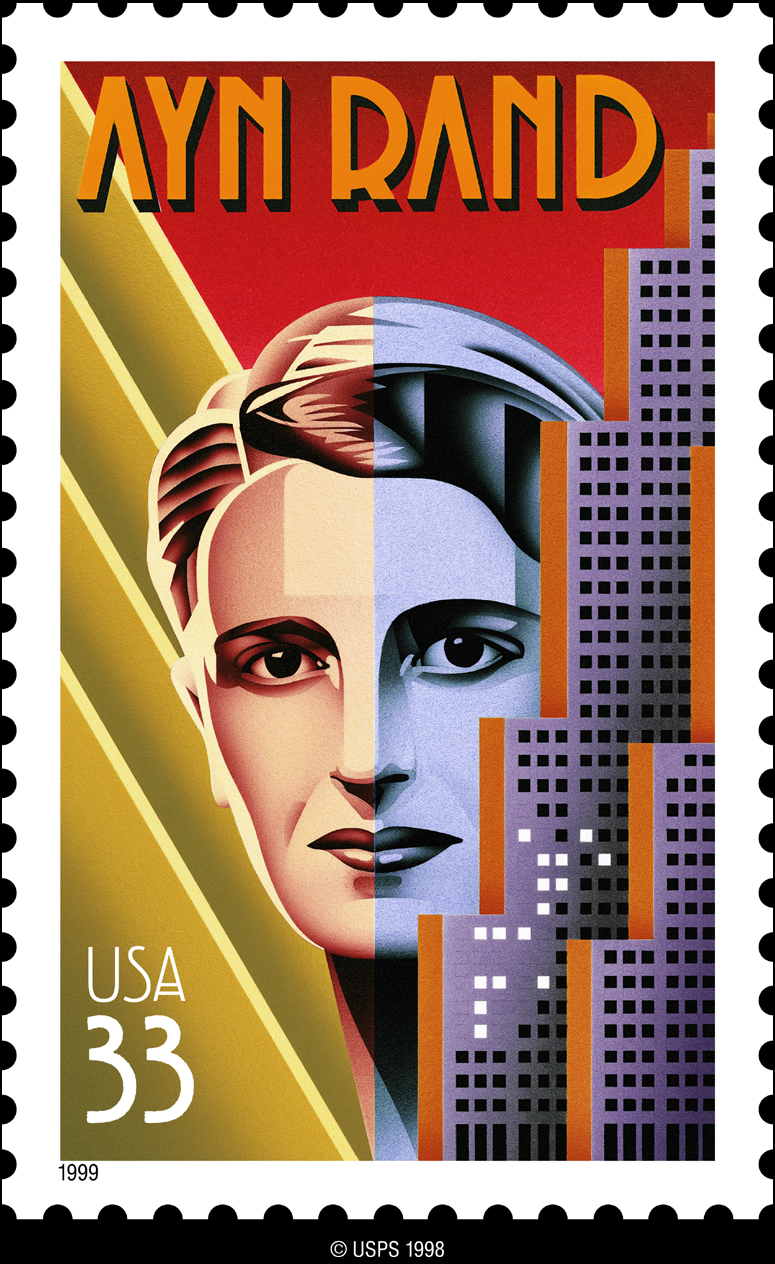 Ideologically, Iacocca could understand why others were against supporting Chrysler since he had always been against much in the way of safety regulations: It was survival of the fittest, water seeks its own level, gov’t weakens the discipline of the marketplace, changing the rules in the middle of the game, etc. The basic view was that the market would work itself out, and Chrysler would have to go bankrupt and reorganize itself. BUT Iacocca disagreed….
Ideologically, Iacocca could understand why others were against supporting Chrysler since he had always been against much in the way of safety regulations: It was survival of the fittest, water seeks its own level, gov’t weakens the discipline of the marketplace, changing the rules in the middle of the game, etc. The basic view was that the market would work itself out, and Chrysler would have to go bankrupt and reorganize itself. BUT Iacocca disagreed….
Iacocca went to House Subcommittee on Economic Stabilization of the Committee of Banking, Finance, and Urban Affairs to ask for a $1.5 Billion loan guarantee. The reasons to support the Chrysler Loan Guarantee “Government Bailout” were the following:
- Yes, Chrysler: a) should not have built products on speculation, b) should not have been in the used-car business, c) should have worked on quality rather than overseas expansion but the energy crisis, regulations and the recession were to blame.
- Government had regulated Chrysler into its current mess because the company was investing the bulk of its capital into meeting government regulations;
- The Chrysler bailout is not a new precedent since others had already occurred at a total of $406 billion dollars worth;
- Bankruptcy is not practical because it would likely lead to liquidation this is because the car servicing of Chrysler models would mean that re-sale values of models would drop, future warrantee coverage would lapse, orders would be cancelled so bankruptcy would be the end of Chrysler and was not a realistic alternative to a government bailout;
- Free-enterprise has adapted since the industrial revolution, it is flexible and organic and nobody is playing in a laissez-faire system;
- Competition would be weakened without Chrysler especially with Japanese manufacturers entering the US market, Chrysler could not build only small cars because the profit margin is too low at $700 each. Big gas guzzlers are like steaks and small cars are like hamburgers;
- The specific congressmen should know how a bankruptcy of Chrysler would effect their constituencies because 600,000 jobs were at stake and the unemployment rate was projected to sore costing unemployment insurance of $2.7 billion during the first year.
 Chrysler won its bailout money in Congress with a 2 to 1 margin at 271 to 136. The Senate voted 53 to 44 for the bailout. So the loan guarantee was $1.5 billion. $400 million in new credit and $100 million in discounts on existing loans, and Chrysler had to sell $300 million in further assets. State and local governments had to provide $250 million, $50 million in new stock were issued, and non-union employees had to contribute $125 to pay cuts.
Chrysler won its bailout money in Congress with a 2 to 1 margin at 271 to 136. The Senate voted 53 to 44 for the bailout. So the loan guarantee was $1.5 billion. $400 million in new credit and $100 million in discounts on existing loans, and Chrysler had to sell $300 million in further assets. State and local governments had to provide $250 million, $50 million in new stock were issued, and non-union employees had to contribute $125 to pay cuts.
Chrysler was valued at $6 billion and at liquidation would be worth $2.5 billion in 1980 according to the US government.
 This is a synopsis & analysis based on Iacocca: An Autobiography and other miscellaneous research sources. Enjoy.
This is a synopsis & analysis based on Iacocca: An Autobiography and other miscellaneous research sources. Enjoy.
Lee Iacocca: Sacrifice Must Come From the Top Down
Lee Iacocca: Don’t Go Quietly, Address Criticism With Strong Responses
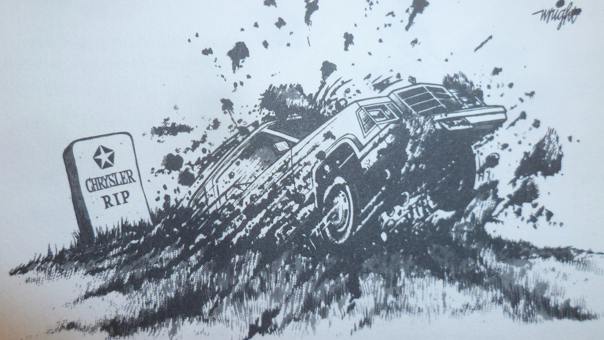 During the government negotiations over a Chrysler bailout, K&E put ads together to emphasize that Chrysler was in trouble but that America would be worse off if Chrysler no longer existed. The goal was to restore faith in Chrysler directly to the public. People had questions about Chrysler’s future and these newspaper ads addressed those concerns.
During the government negotiations over a Chrysler bailout, K&E put ads together to emphasize that Chrysler was in trouble but that America would be worse off if Chrysler no longer existed. The goal was to restore faith in Chrysler directly to the public. People had questions about Chrysler’s future and these newspaper ads addressed those concerns.
Lee Iacocca: Sacrifice Comes From the Top Down
People are willing to accept pain if they know that everyone else is also accepting that pain. After getting the government loan guarantee, Iacocca reduced his salary to $1.00 per year because he believed that leaders should set an example. By doing so (for good pragmatic and cold reasons makes sense) Lee could say that he too was feeling the sacrifice at Chrysler.
 With unions, Iacocca put it bluntly that he had “a shotgun to their heads”….there are either thousands of jobs at $17 an hour and none at $20. Over Chrysler, the average working person lost up to $10,000 per year. Meanwhile at GM, Roger Smith cut his own salary by ONLY $1,620 a year while the worker benefits dropped by $2.5 billion. During the downsizings, Iacocca would go to each plant and deliver a speech to those who were loosing their jobs. Chrysler employees made $2.00 less than Ford or GM employees as a result. Even with workers pay cuts of $2.00 an hour the retirees did not get a reduction in benefits because Chrysler could not renege on the pension plan therefore current workers had to suffer. Iacocca even brought Doug Fraser (who was a Union leader) onto the board at Chrysler even though he was a ‘fox in the henhouse’ ie he wanted to squeeze management and margins for worker compensation.
With unions, Iacocca put it bluntly that he had “a shotgun to their heads”….there are either thousands of jobs at $17 an hour and none at $20. Over Chrysler, the average working person lost up to $10,000 per year. Meanwhile at GM, Roger Smith cut his own salary by ONLY $1,620 a year while the worker benefits dropped by $2.5 billion. During the downsizings, Iacocca would go to each plant and deliver a speech to those who were loosing their jobs. Chrysler employees made $2.00 less than Ford or GM employees as a result. Even with workers pay cuts of $2.00 an hour the retirees did not get a reduction in benefits because Chrysler could not renege on the pension plan therefore current workers had to suffer. Iacocca even brought Doug Fraser (who was a Union leader) onto the board at Chrysler even though he was a ‘fox in the henhouse’ ie he wanted to squeeze management and margins for worker compensation.
 This is a synopsis & analysis based on Iacocca: An Autobiography and other miscellaneous research sources. Enjoy.
This is a synopsis & analysis based on Iacocca: An Autobiography and other miscellaneous research sources. Enjoy.
Lee Iacocca: Banks Are There To Lend, If Possible
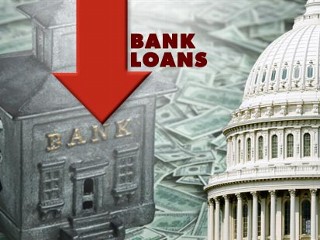 Chrysler Motor Company had traditionally been a heavily leveraged company and borrowed heavily from banks. When heavily leveraged, good times are amazing and bad times are suicidal. To dissuade banks from trying to support a bankruptcy, Jerry Greenwald made it clear that all loans would be tied up for 5 to 10 years before banks could access them again so the banks smartened up. Banks did not want to cooperate much because their survival did not rely on Chrysler. There were outstanding loans with low-interest rates of 9% and others ranging for 12% to 20% then back down to 11% when the loan agreement was finalized. According to Iacocca, ironically, whenever banks were in trouble in foreign countries, the bankers received bailouts without question because the FED is full of bankers itself. There is a double standard with banks that is totally unfair. To get the Canadian banks on side, Chrysler agreed to have Canadians as 11% of the North American Chrysler work force which was easy because the Chrysler New Yorker was being built in Canada.
Chrysler Motor Company had traditionally been a heavily leveraged company and borrowed heavily from banks. When heavily leveraged, good times are amazing and bad times are suicidal. To dissuade banks from trying to support a bankruptcy, Jerry Greenwald made it clear that all loans would be tied up for 5 to 10 years before banks could access them again so the banks smartened up. Banks did not want to cooperate much because their survival did not rely on Chrysler. There were outstanding loans with low-interest rates of 9% and others ranging for 12% to 20% then back down to 11% when the loan agreement was finalized. According to Iacocca, ironically, whenever banks were in trouble in foreign countries, the bankers received bailouts without question because the FED is full of bankers itself. There is a double standard with banks that is totally unfair. To get the Canadian banks on side, Chrysler agreed to have Canadians as 11% of the North American Chrysler work force which was easy because the Chrysler New Yorker was being built in Canada.
 Negotiating with banks was complicated but Steve Miller used charm and humour to disarm the banks: the result was a total of $660 million in interest deferrals and reductions with a 4 year extension of $4 billion worth of loans at 5.5%. BUT all the banks had to agree to cooperate so everyone got a raw deal. One small bank threatened to screw up the entire loan even though they only had a $75,000 loan with Chrysler. However, finally, all of the banks signed documents and those signatures had to be collected together through a conference call where all banks were present. Finally on June 24th, 1980 the first cheque for $500 million was chased. All of this occurred with Salomon Brothers taking their $13,250,000 off the top immediately leaving $486,750,000 for Chrysler.
Negotiating with banks was complicated but Steve Miller used charm and humour to disarm the banks: the result was a total of $660 million in interest deferrals and reductions with a 4 year extension of $4 billion worth of loans at 5.5%. BUT all the banks had to agree to cooperate so everyone got a raw deal. One small bank threatened to screw up the entire loan even though they only had a $75,000 loan with Chrysler. However, finally, all of the banks signed documents and those signatures had to be collected together through a conference call where all banks were present. Finally on June 24th, 1980 the first cheque for $500 million was chased. All of this occurred with Salomon Brothers taking their $13,250,000 off the top immediately leaving $486,750,000 for Chrysler.

